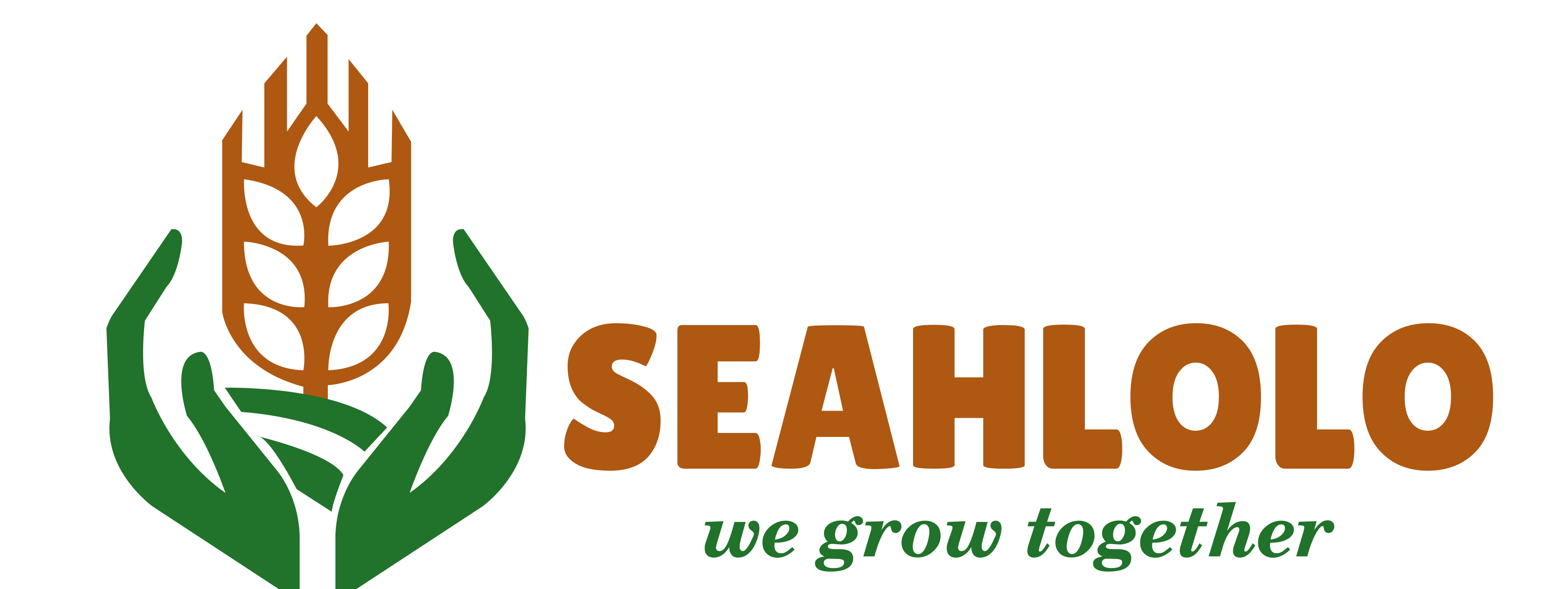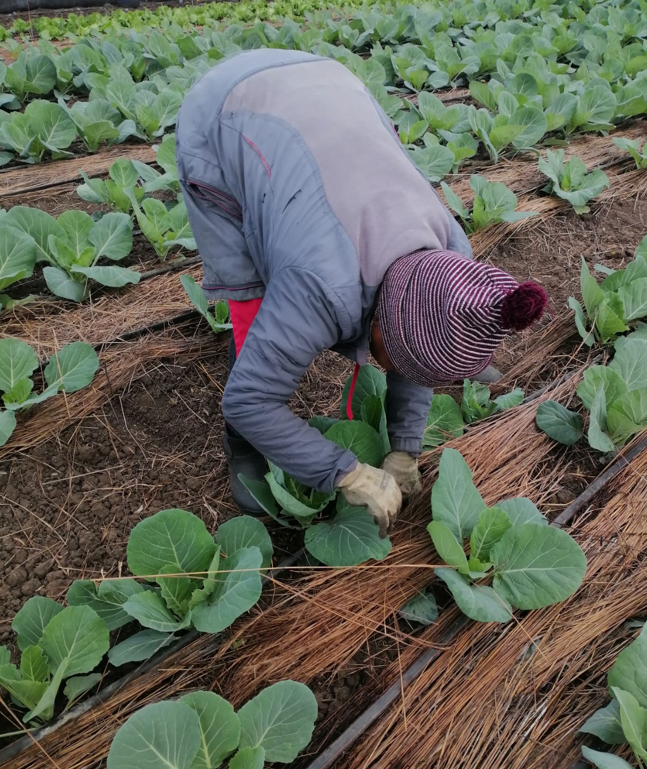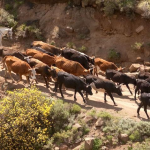![]()
For Mamatebele Kotoane of Ha Mohatlane, Berea, farming began as a necessity, but has since evolved into a powerful story of resilience, innovation and transformation.
“I started farming in 2005 with nothing but watering cans. I used to fetch water from the village dam, walking back and forth many times a day just to keep my crops alive,” she recalls.
“It was gruelling work, battling the elements, unpredictable yields, and relying solely on manual labour. Some days, the sun was too hot. Other days, the rain came too late. But I never lost hope. I always told myself, if I keep going, things will get better,” she says.

Her persistence began to bear fruit.
Known in her village for the quality of her produce and her unwavering dedication, Kotoane’s turning point came in 2017 when she received her first greenhouse from the Economic Inclusion Fund (EIF).
“It felt like a dream. Finally, I could protect my crops from the weather. I started growing tomatoes and peppers year-round—and the quality improved dramatically,” she says.
The greenhouse marked a significant leap forward with protection from harsh weather and pests.
She says she was able to extend her growing seasons and experiment with new crops.
Encouraged by this progress, she pursued further support and applied for assistance through the Smallholder Agricultural Development Project (SADP).
“When I got the approval, I was overjoyed. The funding allowed me to build another greenhouse and, more importantly, to install a borehole and water storage tank. I now have my own water source right on the farm.”
Access to a borehole marked a game-changer.
Powered by electricity, the farmer says it allows her to pump water into tanks and use a drip irrigation system to deliver water directly to her crops.
“Now, I just turn on the tap. It has saved me so much time and energy. Water is everything in farming. Without it, there is no production,” she notes.
Kotoane is a vocal advocate for water conservation and smart irrigation.
“I always tell other farmers to collect and store water during the rainy season. We need to build dams and invest in tanks. That’s how we can survive the dry spells,” she emphasises.
She says her modern drip irrigation system has significantly improved efficiency; “It delivers water straight to the roots, so there’s no waste. That’s especially important in areas like ours where water is sometimes scarce.”
Yet, her journey hasn’t been without challenges.
She still struggles with ensuring her tanks are filled daily—especially during the dry season.
“You have to be strategic with how you use water for sustainability,” she admits.
Even greenhouses present hurdles she says, noting they can trap too much heat, which stresses plants.
“I need to find ways to regulate the temperature,” she says.
She plans to install an air conditioner in her greenhouse to control the internal climate and reduce disease.
She is also looking to build a storage facility to preserve food during times of low supply and high demand.
“I want to be able to store produce for off-season sales so I can fetch better prices and reduce waste,” she says.
She also dreams of processing her crops into value-added products, “…that way, I can increase income and create more opportunities.”
For Kotoane, success in farming isn’t just about infrastructure, it’s about mindset.
“Farming requires discipline, patience, and self-control. You must be willing to work hard, even when results aren’t immediate,” she points.
She credits much of her progress to the support she’s received from EIF and SADP.
“They believed in me. Their support changed not just my life, but my family’s too. I’m proud of how far I’ve come, and I’m not done yet.”
At the heart of her story is a simple but profound truth: Water is life.
“Without water, there are no crops. Without crops, there is no food. That’s why we must prioritise water management. We need more dams, more tanks, and better irrigation systems across our communities.”
Her message to policymakers and fellow farmers is clear: invest in water, adopt smart irrigation, and prepare for climate uncertainties.
“With determination and a little help, anything is possible,” she says with a smile,




